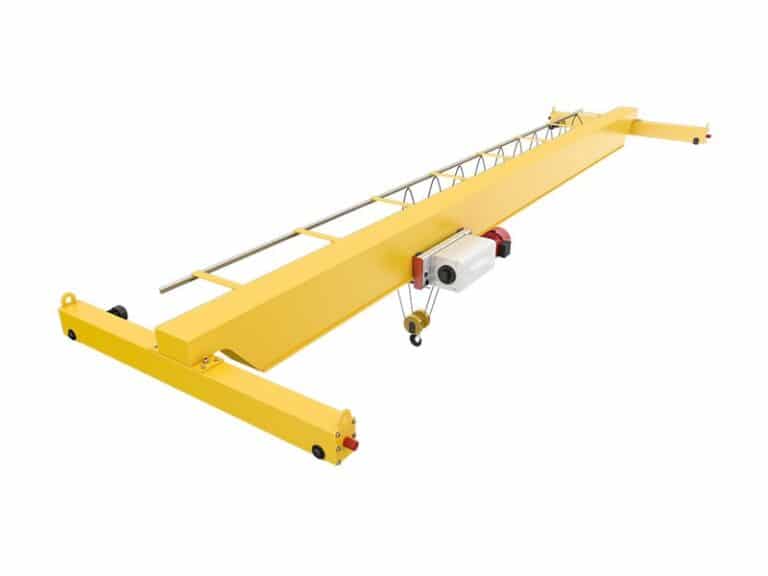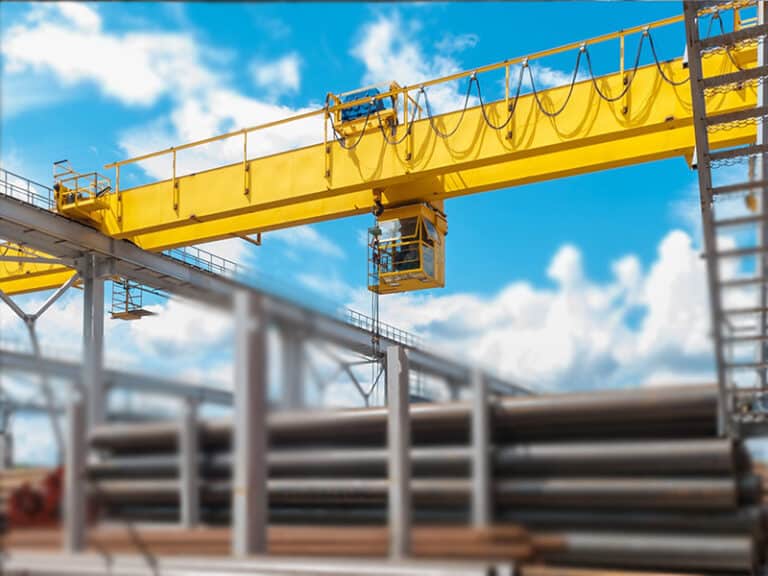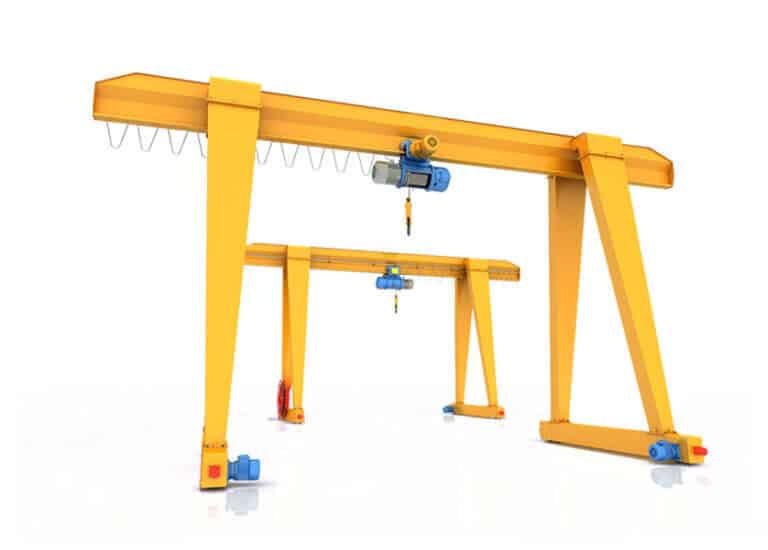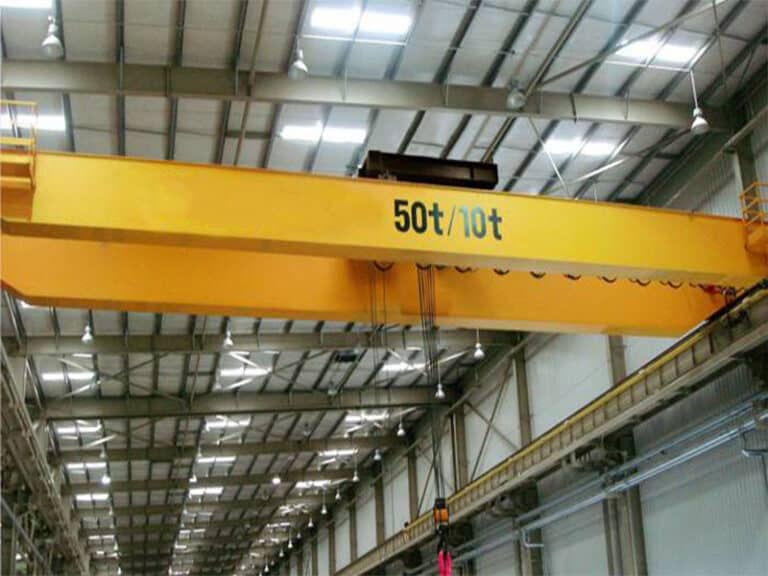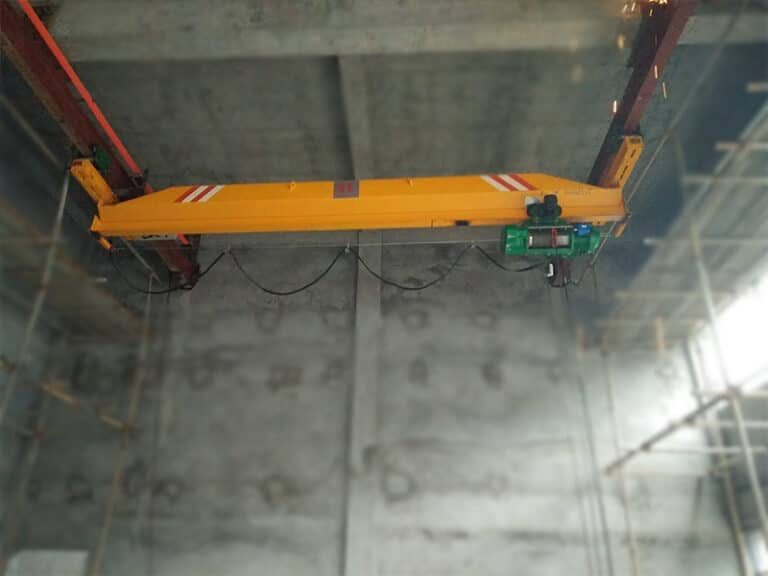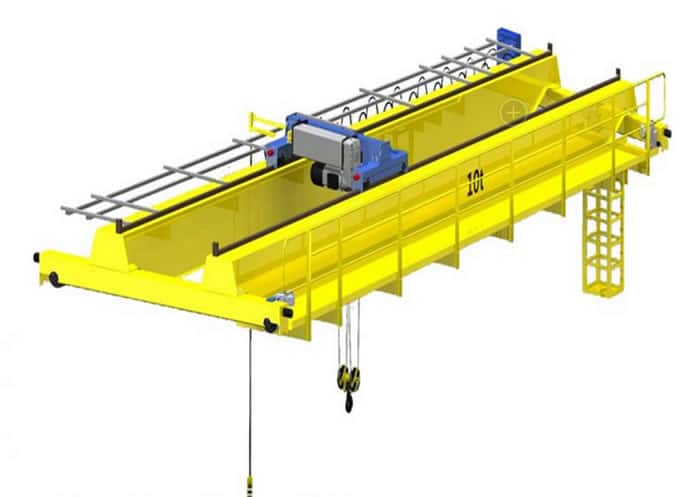The main purpose of the busbar System
In the industrial sector, cranes are essential equipment for material handling operations. For efficient and reliable operation, overhead cranes require a stable power supply. This is where busbar systems come in handy.
A busbar is a robust, insulated conductor that carries electric current over a long distance. The busbar system for overhead cranes, also known as a crane busbar system, provides a continuous and reliable power supply to the crane’s moving parts. The busbar system is typically mounted above the crane’s runway and suspended from the building’s ceiling.
There are different types of busbar systems available for overhead cranes. The most common ones are the DSL busbar and the insulated conductor bar. The DSL busbar (short for “conductor rail with a sliding contact”) consists of an insulated conductor rail and a sliding contact shoe. The contact shoe slides along the rail, maintaining a constant electrical connection. The insulated conductor bar consists of a copper or aluminum conductor enclosed in an insulating housing.
The busbar is a type of conductive structure in the power supply system of overhead cranes, which provides power to the motor by bringing the power source out from the cable. The quality of the busbar structure directly affects the working efficiency, safety, and service life of the overhead crane.
Advantages of the busbar system
A busbar system for an overhead crane offers several advantages over traditional power supply methods.
First, it eliminates the need for trailing cables, which can become tangled, twisted, or damaged. This reduces the risk of downtime and maintenance costs.
Second, it ensures a constant power supply to the crane’s moving parts, even during high-speed operations.
Third, it improves safety by reducing the risk of electric shocks and fires.
To ensure the safe and efficient operation of a busbar system for an overhead crane, it is essential to follow the manufacturer’s installation and maintenance guidelines. Regular inspections and testing are necessary to detect any wear and tear or damage to the busbar system. In addition, operators should be trained on the proper use of the busbar system and the safety precautions to take when working with overhead cranes.
In conclusion, a busbar system is an essential component of an overhead crane’s power supply system. It offers many benefits over traditional power supply methods, such as trailing cables. However, it is crucial to ensure proper installation, maintenance, and operation of the busbar system to ensure safe and reliable crane operation.
When choosing a busbar system for an overhead crane, several factors should be considered, such as the crane’s weight capacity, speed, and duty cycle. The busbar system’s design and material should also be suitable for the operating environment, including temperature, humidity, and corrosive elements.
It is also essential to consider the safety features of the busbar system. For example, some busbar systems have built-in safety features such as ground fault protection and over-current protection. These features help prevent electrical hazards and reduce the risk of damage to the crane and surrounding equipment.
In addition to safety features, some busbar systems also offer advanced monitoring and control capabilities. For example, some systems can provide real-time data on the crane’s power consumption and performance, enabling operators to optimize the crane’s operation and reduce energy costs.
In summary, a busbar system is a critical component of an overhead crane’s power supply system. It provides a continuous and reliable power supply to the crane’s moving parts, reduces the risk of downtime and maintenance costs, improves safety, and offers advanced monitoring and control capabilities. When selecting a busbar system, it is essential to consider the crane’s operating environment, weight capacity, speed, and duty cycle, as well as the safety and monitoring features of the busbar system. With proper installation, maintenance, and operation, a busbar system can help ensure safe, efficient, and reliable crane operation.
Busbar Structure
The common busbar structures for overhead cranes are the conductor rail type and the conductor wire type. The conductor rail type is also called the DSL busbar, which is composed of a conductive rail and sliding contact shoes. The contact shoes slide along the rail, maintaining continuous electrical connection. The conductor wire type is composed of a copper or aluminum conductor and an insulating outer shell.
When choosing a busbar structure, the following factors need to be considered:
The working environment of the overhead crane. For example, if the crane is used in a corrosive environment, the conductor wire type is less durable than the conductor rail type.
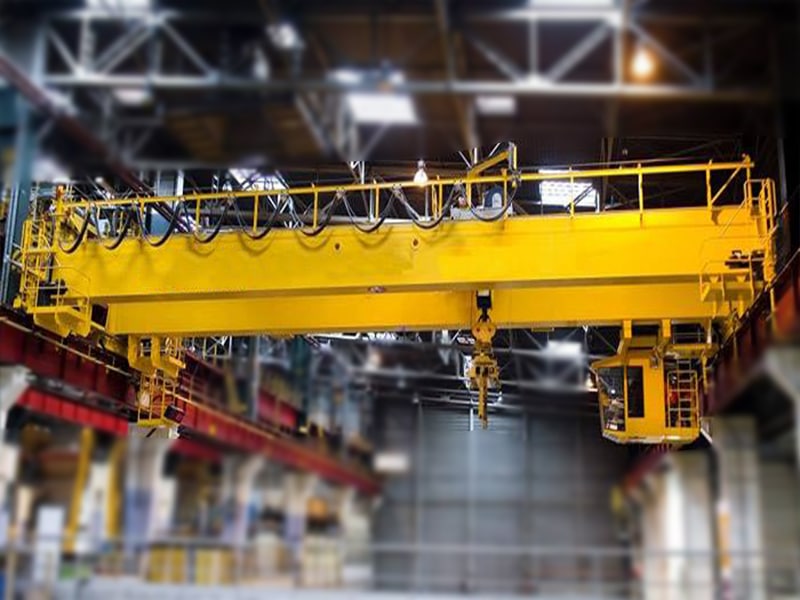
The operating speed and load capacity of the overhead crane. If the crane requires high-speed operation, the DSL busbar is more suitable because it can provide a more stable power supply.
The safety of the busbar structure. Some busbar structures have safety features such as grounding fault protection and overcurrent protection, which can help prevent electrical hazards and reduce damage risks.
The monitoring and control capabilities of the busbar structure. Some busbar structures have advanced monitoring and control functions, such as real-time data on the crane’s power consumption and performance. These data can be used to optimize crane operation, reduce energy costs, and improve safety.
busbar Quality Evaluation Standards
Insulation performance. The insulation performance of the busbar is an important criterion for measuring its quality. If the insulation performance is poor, it is easy to cause electrical faults and crane accidents.
Electrical performance. The electrical performance of the busbar includes indicators such as resistance, inductance, and capacity, which directly affect the working efficiency and energy consumption of the overhead crane.
Durability. The busbar of the overhead crane needs to withstand long-term high-intensity work, so it requires high durability. The material and manufacturing process of the busbar structure are the key factors determining its durability.
Safety. The busbar of the overhead crane should have certain safety features such as insulation protection, overcurrent protection, and fault protection. These safety features can help prevent electrical hazards and ensure safe crane operation.
In conclusion, the busbar structure is a critical component of the power supply system for overhead cranes, and its quality directly affects the crane’s performance and safety. When selecting and evaluating the busbar, it is necessary to consider the working environment, operating speed and load capacity, safety, monitoring, and control capabilities, as well as insulation performance, electrical performance, durability, and safety features.

